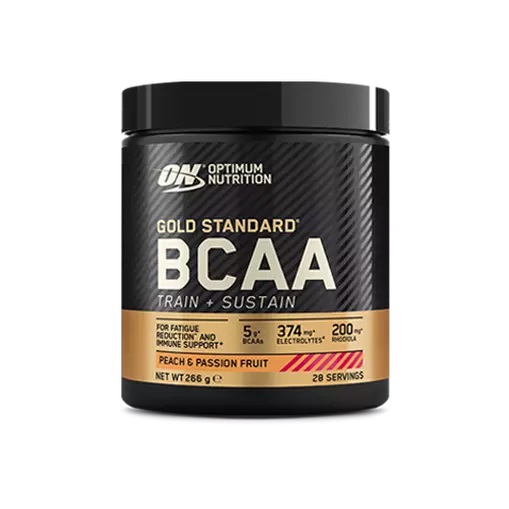Branched-Chain Amino Acids (BCAAs) and Essential Amino Acids (EAAs) are two categories of amino acids, each with its own unique characteristics and roles in the body. Understanding the differences between BCAAs and EAAs can help individuals tailor their supplementation to their specific fitness and health goals.
BCAAs, including leucine, isoleucine, and valine, are a subgroup of essential amino acids. They are called “branched-chain” due to their molecular structure.
- Do Preworkout Supplements Cause Heart Problems?
- Are Preworkout Supplements Safe For Teens
- Do Preworkout Supplements Cause Hair Loss
- Preworkout Supplements And Depression: Why Do They Make People Depressed?
BCAAs play a crucial role in stimulating muscle protein synthesis, making them particularly popular among athletes, bodybuilders, and those looking to support muscle growth and reduce muscle soreness. These amino acids can be taken both before and after workouts to help with exercise performance and recovery.
On the other hand, EAAs consist of all nine essential amino acids required by the body. In addition to the three BCAAs, EAAs include histidine, lysine, methionine, phenylalanine, threonine, and tryptophan. EAAs are considered essential because they must be obtained through the diet or supplementation.
While BCAAs are beneficial for muscle growth and recovery, EAAs offer a more comprehensive range of amino acids necessary for various bodily functions beyond just muscle development. EAAs can be particularly important for those following plant-based diets, as they ensure a complete amino acid profile in the absence of animal protein sources.

Buy BCAA Online
We Have Some Of The Best BCAA Supplement Out There!
Come have a look what types of BCAA we have? Shop the best BCAA! We have found the best deals! Or please feel free to read more about the many benefits of BCAA Supplements on site.
In summary, the primary difference between BCAAs and EAAs lies in their composition. BCAAs are a subset of EAAs, consisting of three specific amino acids with a significant focus on muscle protein synthesis and exercise performance. Shop raw supplements, bulk discount, lab tested 5% off here!
EAAs, in contrast, encompass all nine essential amino acids, providing a more comprehensive array of amino acids required for various bodily functions. The choice between BCAAs and EAAs depends on an individual’s specific health and fitness goals, dietary habits, and the desired outcomes from supplementation.








